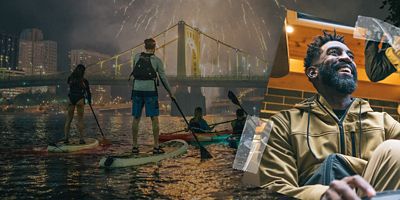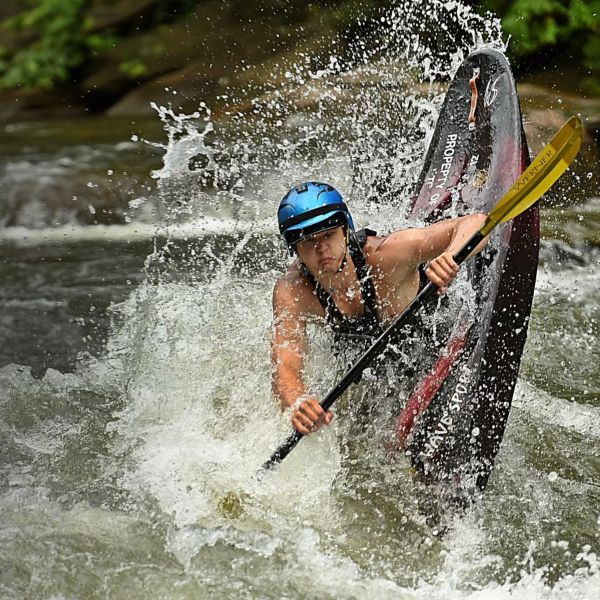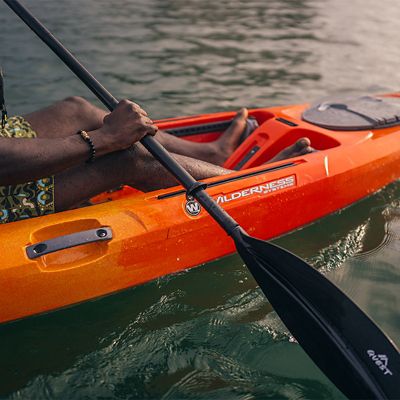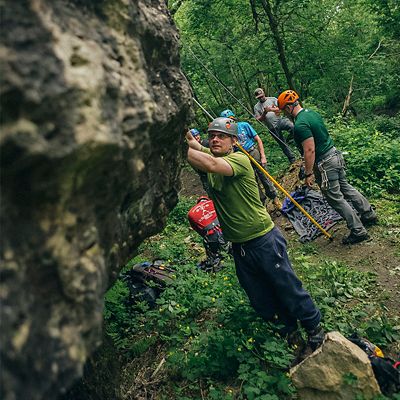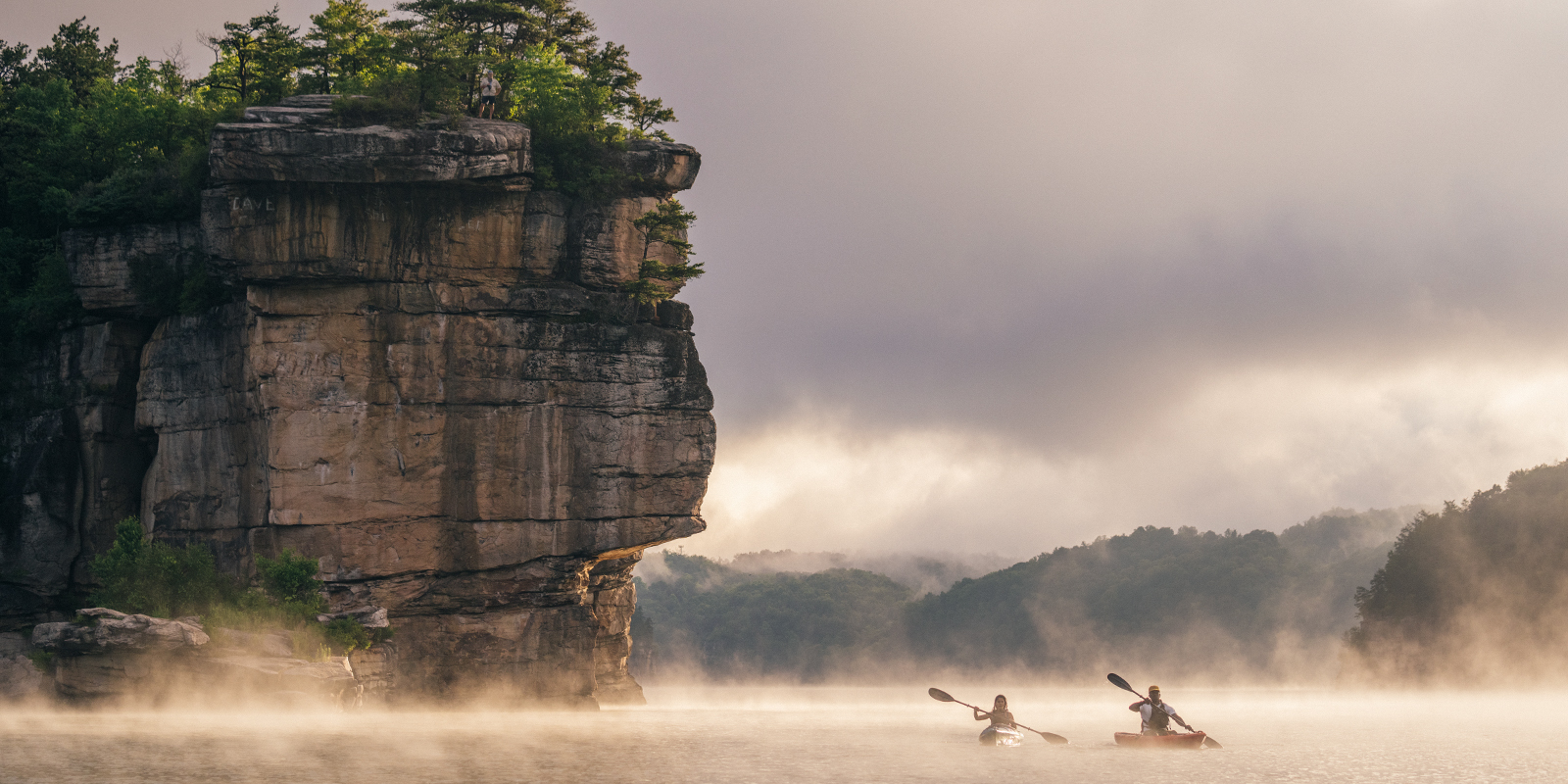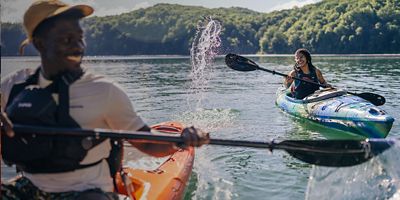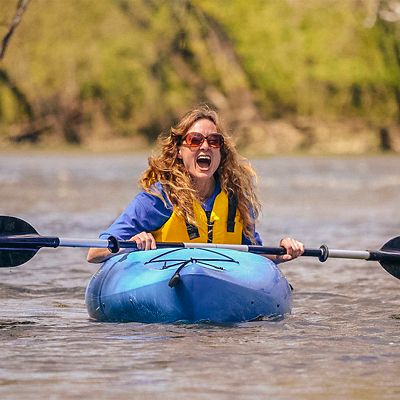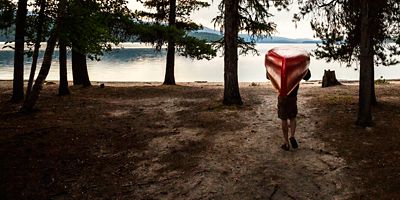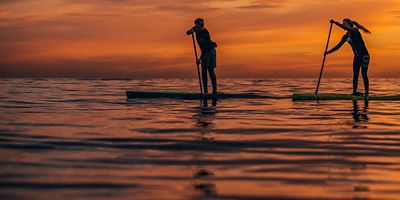
So you want to head out and tackle some whitewater in your canoe? Before you go running rapids, acting like Burt Reynolds in Deliverance, you need to know the basics of whitewater canoeing, which includes the proper outfitting and safety gear, plus swiftwater paddling technique and rescue basics (there’s much more to it than running rapids in an inflatable or whitewater kayak). Better yet, take a lesson from a certified instructor before dipping a blade of your own. Following are a few paddle-ready pointers to get you safely launched on a downriver adventure.
Get the Right Gear
Whitewater canoeing is different from flatwater canoeing; there’s a better chance you’ll flip and swim. Don’t head into whitewater with a picnic basket and your family lake canoe. Get one designed for whitewater (i.e., more rocker for maneuverability), and equip it with float bags (plus a deck cover if you’re carrying overnight gear) to displace water from waves over the bow, and to ease retrieving the boat in event of a capsize.
Other essentials include: a spare paddle; a personal floatation device (PFD); a whitewater paddling helmet; appropriate footwear and clothing according to the temperature of the water, which typically means a wetsuit, insulating layers and splash wear, or a dry suit; plus a painter (bowline) for the boat. Additional safety items include: a throw rope; pin kit (with carabiners, pulleys, and webbing to set up an impromptu mechanical-drag system to free your boat if it gets pinned or stuck); plus a first-aid kit, a bailing device or sponge, and a whistle and one-handed river knife to lash to your PFD. If you’re out on a multi-day trip, make sure your gear is securely tied or strapped in.
Wear Your PFD
This is the most important component of any whitewater outing, no matter the craft. Always wear a properly fitting, U.S. Coast Guard-approved Type III or V lifejacket at all times while you’re on the water. And make sure it’s snug, with all side and shoulder straps securely fastened, so it doesn’t come off in the drink.
Practice on Flatwater
Before embarking on a whitewater canoeing trip, get comfortable paddling flatwater and learn the basics of canoe tripping. That means being able to steer a canoe correctly (without always switching paddling sides), learning how to climb back on board, and performing such safety measures as a canoe-over-canoe rescue in flatwater. Once you’re comfortable with canoeing on flatwater, it’s time to experience moving water.
Take a Course
One of the best ways to learn how to canoe easy rapids is by taking a whitewater paddling course. The American Canoe Association offers a list of outfitters, schools and clubs, many offering courses to help you get started. Also check with your local retailers, outfitters and paddling clubs.
Find Peers
Don’t paddle whitewater alone. To find other paddlers, and even get help securing the right gear, search for canoe clubs in your area (or other groups and associations). Check with your local paddling shop and join in on their practice sessions and outings. Also consider going with a guide or outfitter on a moving-water trip until you develop your own skills and get to know the waterway.
Be Comfortable Swimming Rapids
Canoes are tippy. Make sure you (and your partner) are comfortable swimming any rapid you attempt to run. Until you feel good about swimming down a rapid in the whitewater position (elevated feet first, on your back), you shouldn’t be paddling it. If you can’t swim something, don’t run it.



